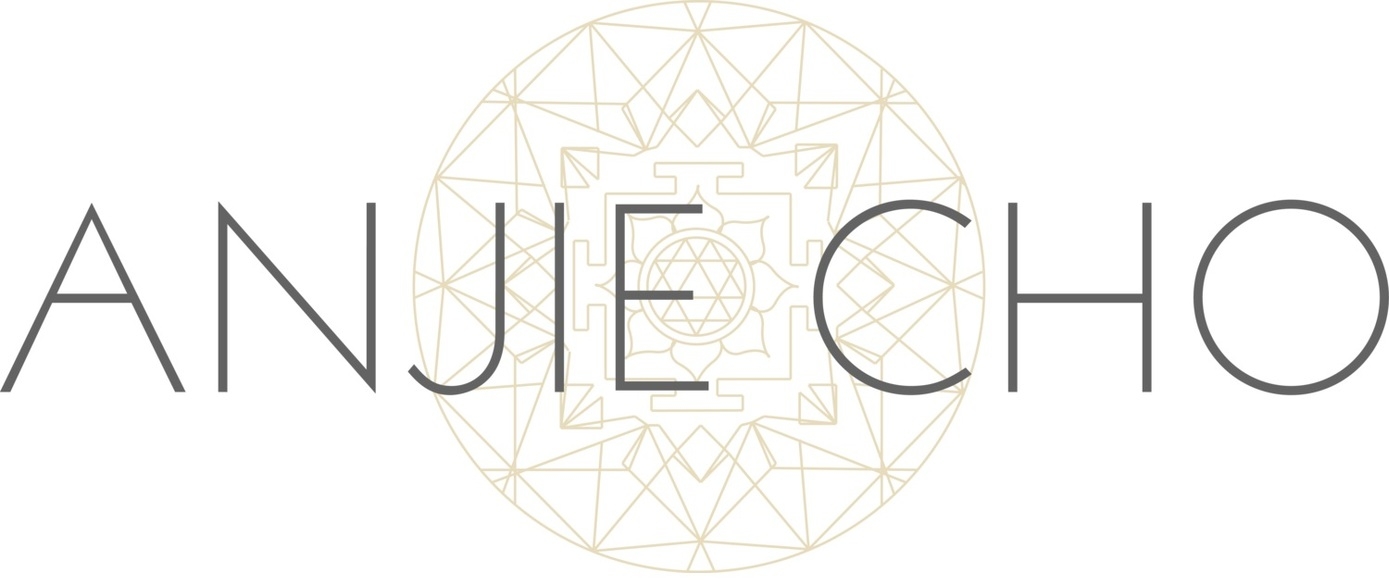Last week I shared part of my interview with writer, teacher and Buddhist practitioner, Lodro Rinzler. And here’s the rest!
AC: How do you create holistic spaces in your life?
LR: I’m reminded of my teacher Sakyong Mipham Rinpoche, when he said, “the environment is a support or deterrent for everything we do." It’s really that straightforward. When you wake up in the morning and you have clothes everywhere, on the floor, on your chairs. You go to use the bathroom but you end up tripping over your computer. Then you’re cursing…and all of a sudden, your mental state entering that day isn’t going to be one of joy or mindfulness. It’s going to be one of aggression. In that way, I’ve always taken care to create a clean environment free from clutter so that when I wake up, I feel uplifted by entering into it.
What that means for different people is obviously personal to them. For me, it means having art that I personally find uplifting; it means that everything has a proper place. There are basic Buddhist principles for arranging objects in one’s home where you hold certain objects up high and others down low. You could say it’s respecting the natural hierarchy of objects. Generally, in my environment I like to keep it clean and maintain things in the spaces, if that makes sense.
In my work environment I have reminders of the Buddhist principles I want to cultivate. Right above my computer is an image. It’s a very traditional image reminding me how precious this human life actually is. Whenever I’m distracted or annoyed or whatever, I can look up and see a gentle reminder that I really should be so appreciative for this life that I do have. I think it’s nice to actually have inspiring art images and writing within your environment as constant reminders to wake up to what’s actually going on as opposed to being lost in your head.
What is the image mentioned that you have over your desk?
It’s an image of a tortoise with a yoke around its neck. Within Buddhist canon, this is used as an analogy for the rarity of a precious human life. The image is of a blind tortoise who lives in the ocean. This ocean is as wide as the world. He only comes up once every century, even though he lives many, many thousands of years. It is said that on the surface of this “world ocean,” there is a yoke. A yoke is what one would traditionally place around your ox or yak’s back. That yoke, with its little head-sized hole floats, on the top of this ocean. The odds of this blind tortoise who comes up once every hundred years, poking its head through that yoke… it is said that it is even MORE rare and MORE precious to have a human birth. Our lives are an incredible opportunity that we have. It reminds me that we should make the most of it.
What are some day-to-day meditation tips for my readers, especially for those new to meditation?
I think the most important thing in starting a meditation practice is to be consistent about it. I teach at Shambhala Centers, one could visit www.shambhala.org, to find a meditation center near them. Or just type your city and “Buddhist meditation” into your search engine and see what comes up. Most meditation centers have an open house night where you could learn the basic meditation practice for free or by donation.
Once you receive the practice, try to do it consistently on your own at home. And there are many places that have regular open sittings where you can go and sit with a group and gain that level of support. As you engage your practice, starting to do it regularly, you don’t have to meditate for long periods of time. But you could pick it up in the same way that you would pick up a new musical instrument.
If we pick it up once a month and play around with it, often we spend that time figuring out what we learned last time. But if we picked it up 10 minutes a day, it starts to become easier and easier to remember what we’re doing, why we’re doing it, how it goes and we actually get better at it.
Just 10 minutes a day for 11 days, breeds a sense of consistency into our being. It becomes more habit-like instead of just something that we’re trying out. It’s said that after 11 days of doing anything, it could be stopping smoking, it could be writing, it starts to become a regular habit. Our brain fires differently to actually incorporate it and it feels weird when we don’t do it.
So, if someone really wanted to launch a meditation practice, I recommend that 10 minutes a day, 11 days in a row. Scientifically they say that after 11 times is when a practice starts to become a habit in our mind. After 21 days, it’s the fully formed habit. But you must be consistent and practice regularly every day.
Lodro Rinzler is a teacher in the Shambhala Buddhist lineage and the author of the best-selling "The Buddha Walks into a Bar...", the award-winning "Walk Like a Buddha" and the brand new "The Buddha Walks into the Office." Over the last decade he has taught numerous workshops at meditation centers and college campuses throughout North America. Lodro’s columns appear regularly on the Huffington Post and Marie Claire online and he is frequently featured in Reality Sandwich, the Interdependence Project, Shambhala Sun, Buddhadharma, and Good Men Project. He is the founder of the Institute for Compassionate Leadership, an authentic leadership training and job placement organization, and lives in Brooklyn with his dog Tillie and his cat Justin Bieber.
For more teachings and articles by Lodro visit www.lodrorinzler.com
Follow Lodro on twitter: @lodrorinzler







